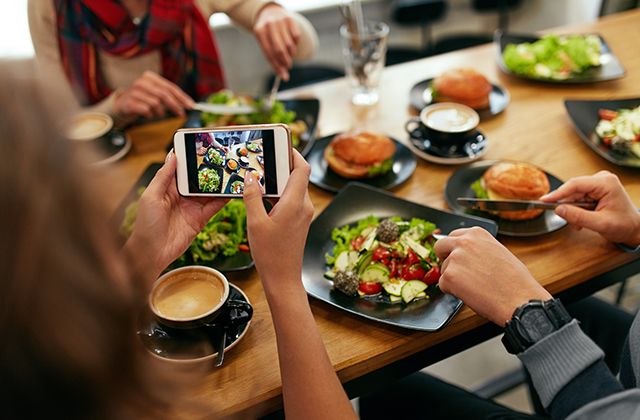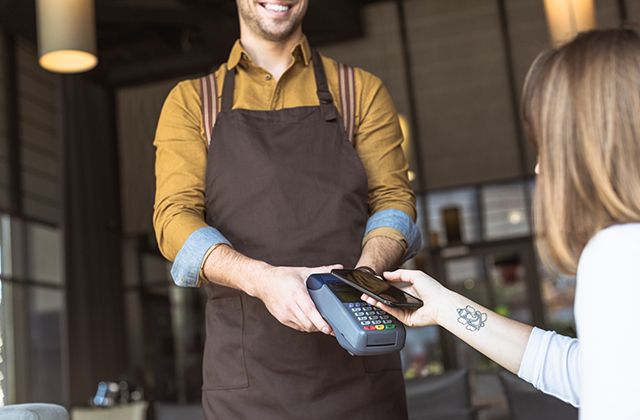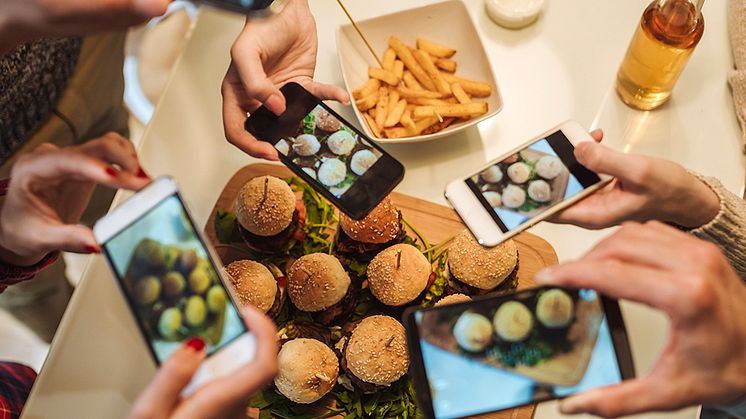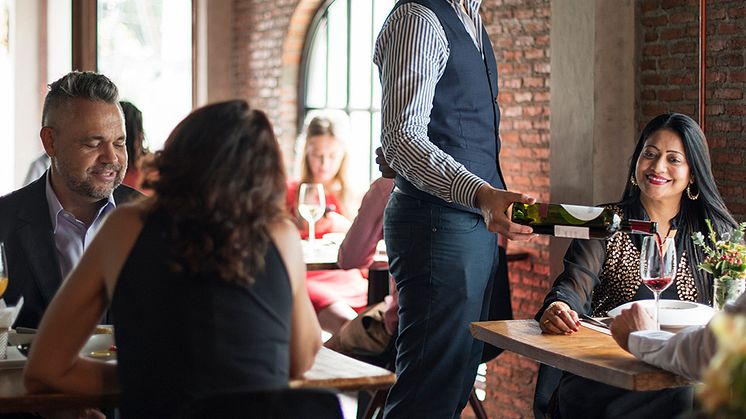
Blog post -
How To Market Your Restaurant To Gen Z
Gen Z (born between 1995 and 2015) are expected to make up 40% of consumers within the next decade. Recent research shows that 49% of this generation spends over £250 per month on dining experiences whilst 82% spends at least £100 per month. This growing market is also 99% more likely to use social media to choose their dining venue and are the most likely out of all generations to enjoy food outside the home, making them a lucrative opportunity for all restaurants but, how can you market your restaurant to this age group?
Social Media
Gen Z are digital natives and present an ongoing challenge for the hospitality industry as they use different social platforms to communicate than older generations. A Gen Z consumer is far more comfortable on apps such as Instagram, TikTok, and Snapchat than on more established social media platforms such as Facebook, which has an older demographic.
Instagrammability is a major influencing factor for your younger consumers. YPulse found that 58% of Gen Z social media users say that it’s at least somewhat important that the restaurants they visit look good in the pictures they upload to social media, with 28% saying it’s very or extremely important. They feel equally strongly about the food. Posting eye-catching high-quality visual content on Instagram is key. More often than not, the viral food trends start with smaller restaurants, bloggers, and brands before being adopted by bigger names. For example, rainbow food and unicorn lattes were trending online for some time before Starbucks’ Unicorn Frappuccinos took precedence.
Anything can become an Instagram trend if done well. Sketch London have even made a feature out of their toilets. Find what’s unique to your restaurant and embellish it. Remember all aspects of your product are important from the content to the presentation and the packaging. Once you’re up to speed on Instagram, you can diversify into newer video-based social channels such as TikTok, using your Instagram aesthetic as a brand base.

Utilise Technology
Younger diners are also completely at ease with technology, having been the first generation raised on, rather than alongside, the internet and social media. They’re a mobile-first generation, and as such expect all services to be available through this medium. In a recent research study by OpenTable, they found that 83% of UK diners preferred making reservations online, and 45% of all OpenTable reservations in the UK originated from a mobile device. These figures are only likely to grow as more and more of Generation Z reaches the workforce, earning disposable income.
Consider upgrading your restaurant technology to accommodate the needs of future generations. Online menus promote seamless ordering, reduce waiting times, and encourage a 15% increase in spend per order than the traditional waiter/waitress route.

Sustainability
Gen Z cares less about food that’s grown locally than they do about sustainability – they’re not old enough to remember a pre-globalisation world and therefore don’t expect anything they buy to be manufactured in the UK. Instead, their focus is on ensuring that everything they consume, even if grown on the other side of the world, is sustainably managed and ethically sourced.
As a result, plant-based dishes are growing in popularity, as they’re seen as a solution to a healthier and more environmentally sustainable diet. Whilst veganism itself is increasing, the younger generation doesn’t necessarily see vegan food as just for vegans, and thus expect to see plant-based options on the menu wherever they eat. Ensure your restaurant has plenty of options available to meet their needs.
Snacking
A final market trend to consider which is relevant for this audience is their propensity towards snacking. Seemingly higher amongst Gen Z than previous generations, the rise in convenience food has been attributed to more ‘on the go’ lifestyles. Take advantage of this opportunity by adding smaller snack items to your menu for in-person dining, and takeaway options for those unable to visit your premises. Our innovative Duniform sustainable packaging end-to-end solution offers everything you need to deliver fresh quality food and beverages to your customers from sealing machines and leakproof films to FSC®-certified trays and environmentally friendly takeaway containers.




